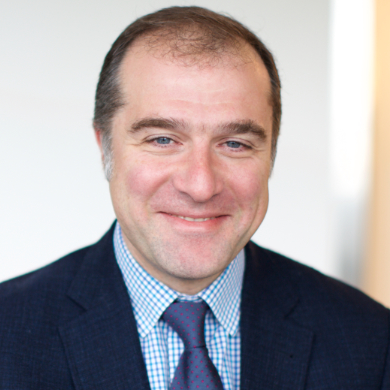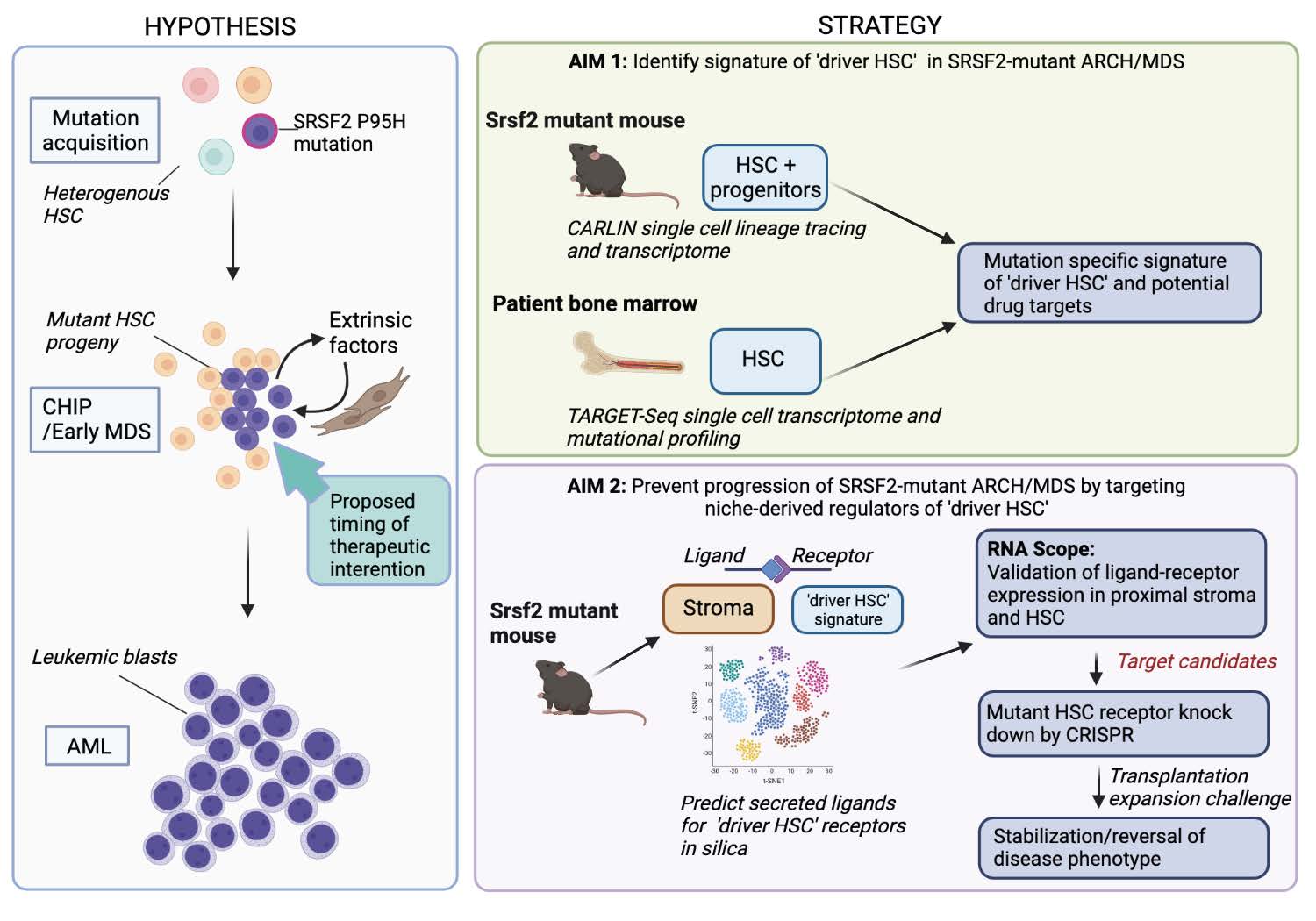
Researcher Profiles

Lev Silberstein, M.D., Ph.D.
2022 Funding recipient
Niche-Derived Mediators of Clonal Expansion as Targets of AML Prevention Therapies
Discovery Research Grant 2022
PROJECT SUMMARY
Age-related clonal hematopoiesis and myelodysplastic syndrome (MDS) are bone marrow disorders in which an initially small population of mutant cells gradually outcompetes their normal counterparts and becomes dominant. In doing so, these mutant cells produce excessive amounts of pro-inflammatory molecules, thereby increasing individual’s risk of cardiovascular disease. Moreover, they acquire the ability to give rise to acute myeloid leukemia – a death sentence for the majority of patients. Thus, the efforts of several laboratories in the field, including ours, are directed towards finding a way to deprive mutant cells in MDS and its precursor, age-related clonal hematopoiesis (ARCH), of their competitive advantage and prevent the development of life-threatening complications that they cause. The distinct features of our strategy are outlined below.
First, we will concentrate on the disease category which is stringently defined by a specific molecular lesion (a mutation in SRSF2 protein) and clinical parameters (ARCH/early MDS), since the mechanisms driving leukemic transformation may be restricted to this group of patients and entirely different from those that arise from other ARCH/MDS-associated mutations. Second, we will focus specifically on hematopoietic stem cells (HSC) because they serve as the source of mutant ARCH/MDS cells that eventually give rise to leukemia. Since HSC are inherently diverse, our goal is to precisely map an HSC subset which acts as the main driver of ARCH/MDS to AML progression. Finally, our key interest is in defining soluble factors from the bone marrow microenvironment, or niche, which enhance disease-promoting properties of these ‘driver HSC’ and thus represent an unexplored avenue for therapeutic intervention.
Our vision is to develop biologically-driven, non-toxic therapies which would be administered long-term to patients with ARCH/MDS to prevent disease evolution and leukemic transformation. Although these therapies won’t be curative, we expect that they will prevent infectious and bleeding complications and may improve life expectancy. In concept, this approach will be similar to the use of statins in hypercholesterolemia and hypoglycemic drugs in diabetes, which do not eradicate the disease but confer major long-term health benefits by halting its progression and preventing complications.

